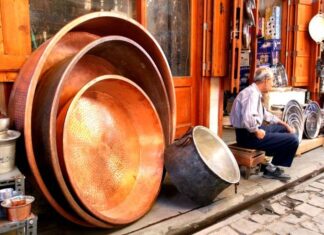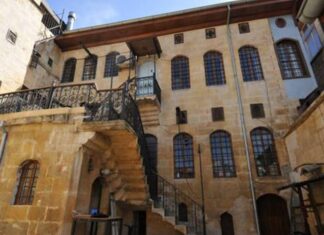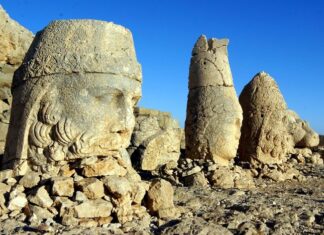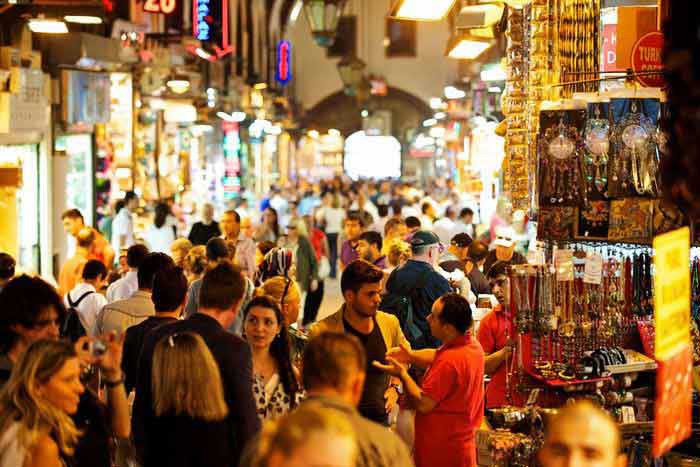Home Blog
The Journey to Delphi
Routes to Delphi
Traveling to Delphi in ancient times was not an easy task. From Thebes, one could go westward on a difficult journey that...
Demosthenes Life and Death
Early Life and Career
Demosthenes was the son of a wealthy furniture-dealer in Athens. Born into privilege, he received a good education and later became...
Socrates Life and Trial
Early Life and Background
Socrates was born in Athens in 469 B.C. His father was a sculptor, and Socrates himself also learned this craft. For...
Bosphorus in Istanbul
Trip to Bosphorus
The visitors must absolutely take a trip to Bosphorus by ferry. The ferry passes below the two bridges, visits the landings of...
Istiklal Street and Taksim Square
Istiklal Street
Istiklal Caddesi is the main street of Beyoglu (Pera) and is a pedestrian area. The street that used to be called “Grand-Rue de...
Entry Restrictions at the Golden Gate
In the tradition of the old Roman Empire, only emperors were allowed to pass through the Golden Gate during triumphal celebrations. Even the most...
The Golden Gate and Imperial Ceremonies
In the time of the Byzantine Empire, the Golden Gate (Porta Aurea) was more than just a part of the city walls. It was...
Sir Thomas Roe’s Attempt to Take the Golden Gate Statues
In May 1625, Sir Thomas Roe, the English ambassador to the Ottoman Empire, wrote about his difficult mission: to try and obtain four ancient...
The Golden Age of Calligraphy
17th Century Marvels
In the 17th century, calligraphy reached its zenith, not only elevating Ottoman art but also permeating beyond palace confines to cultivate aesthetic...
Calligraphy The Dance of Pen and Ink
Calligraphy The Dance of Pen and Ink
In a historical encounter, Sheikh Hamdullah meets Beyazid II, then the governor of Amasya, and is tasked with...













